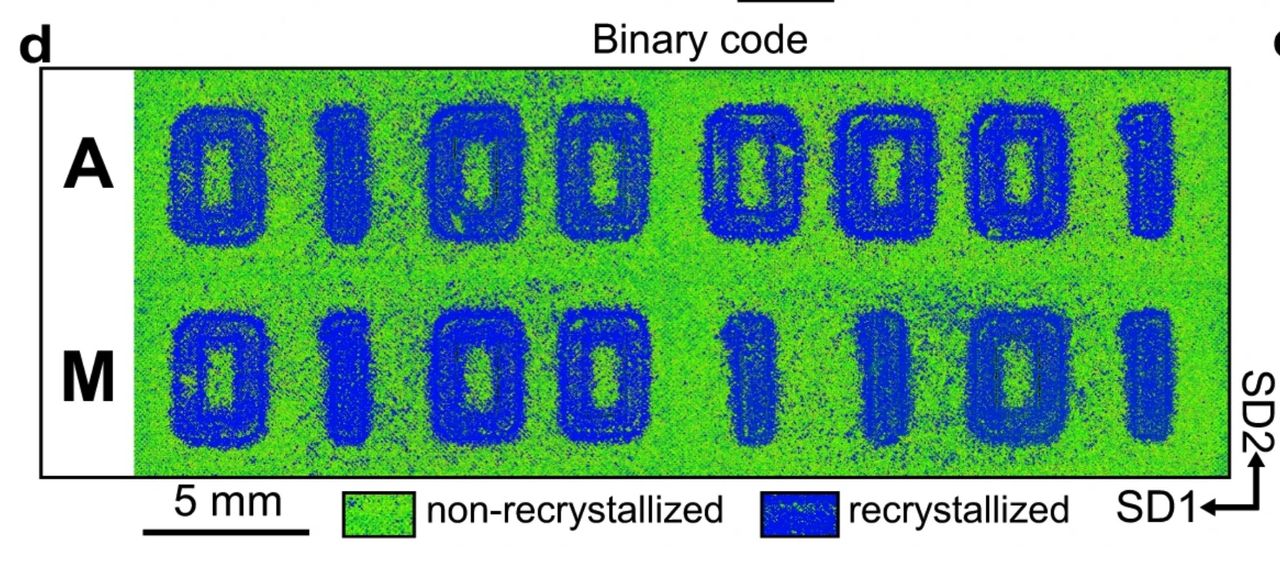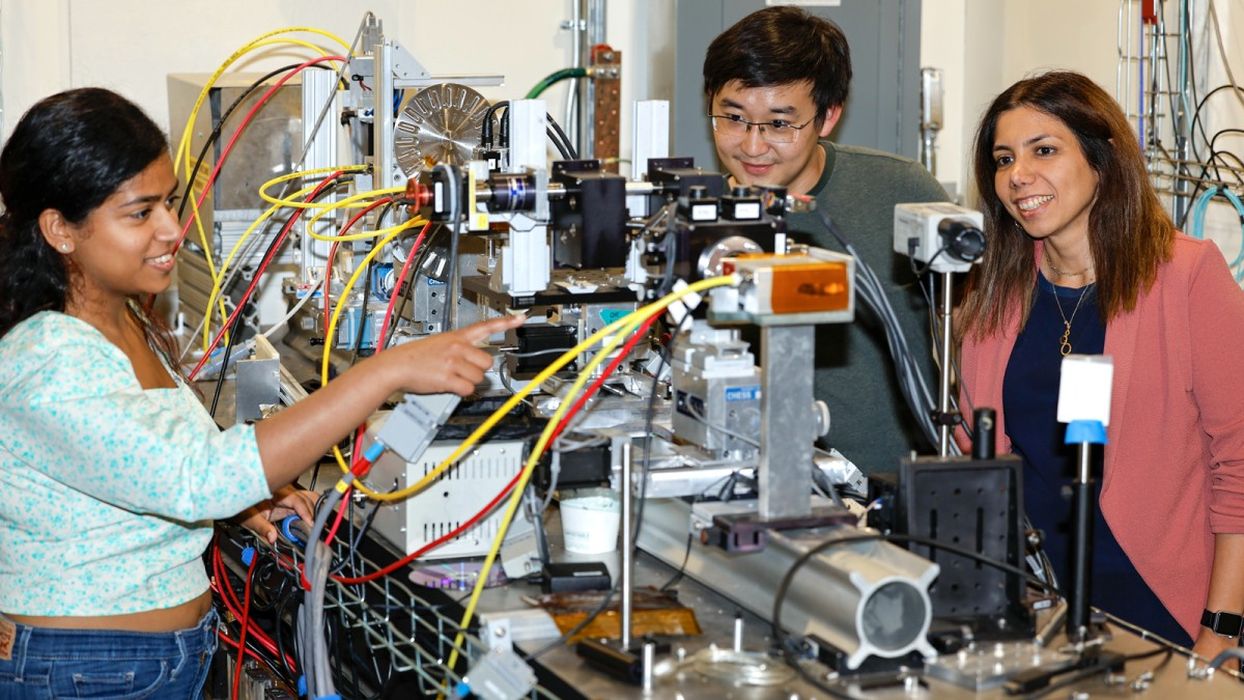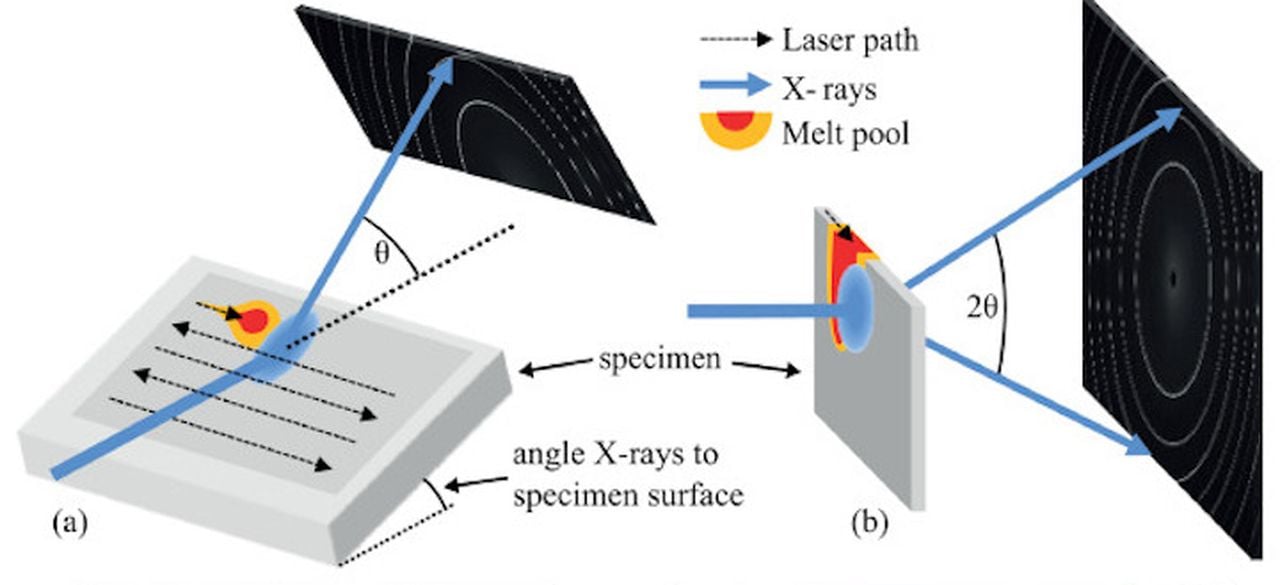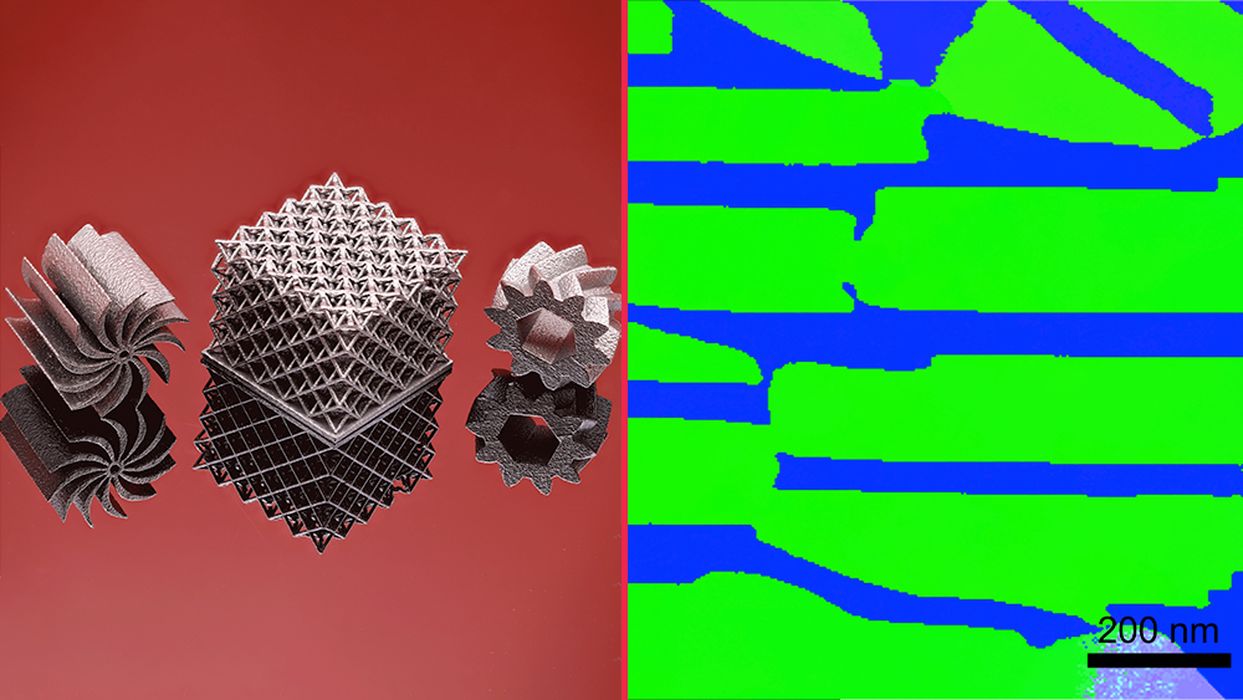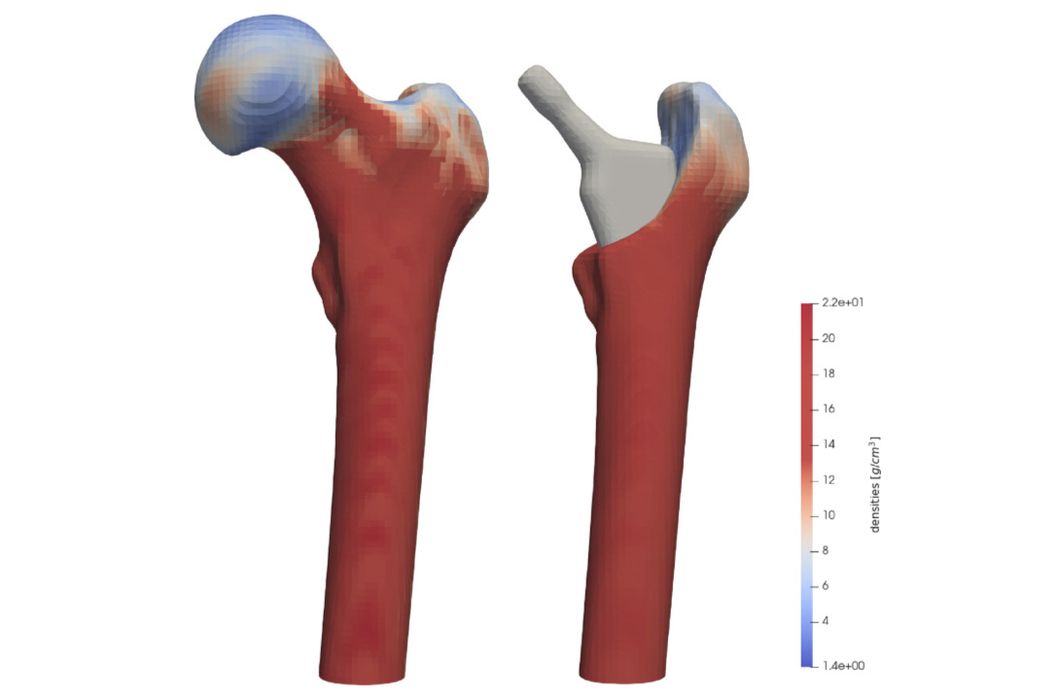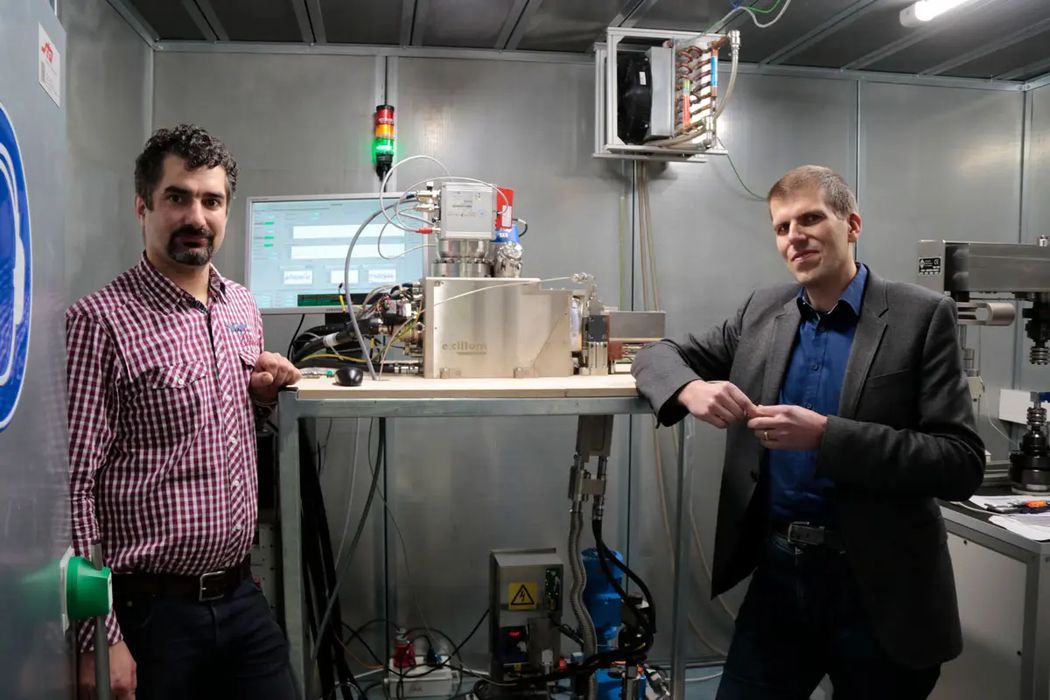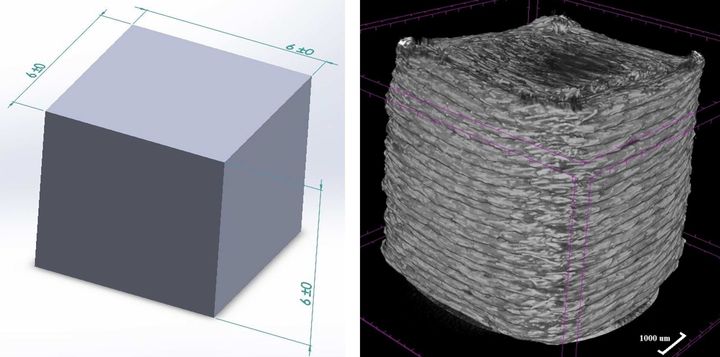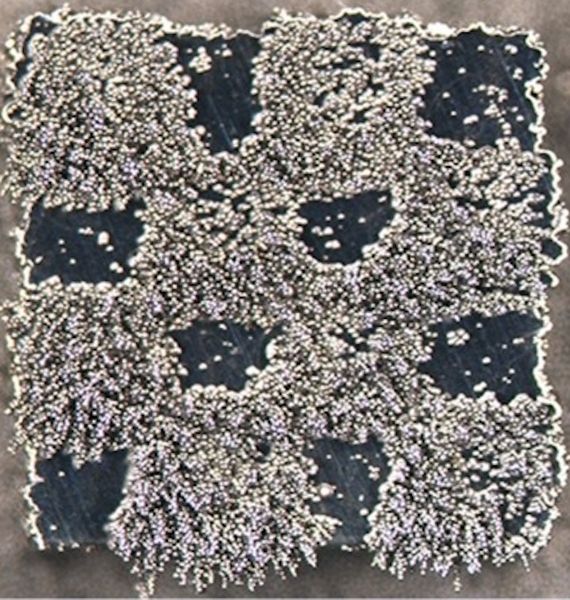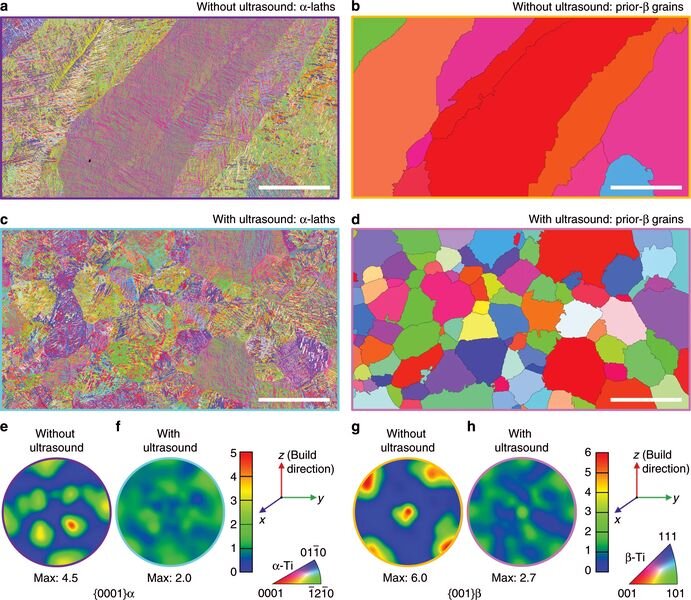There’s been a breakthrough in controlling the microstructures of metal 3D printed parts.
microstructure
Cornell Research Reveals How to Improve 3D-Printed Alloys
High-energy X-rays shed light on how thermomechanical deformation creates localized microscale phenomena.
Real-Time Observation of Meltpool Behavior in Ceramic 3D Printing
A fascinating new research paper explores the complexities of 3D printing ceramic materials using the LPBF process.
Exploring the Cooling Process of Metal 3D Printing Using Particle Accelerators
Researchers have now probed the mysteries of metal 3D printing with particle accelerators.
Can Metal 3D Prints Be Both Strong and Ductile?
Researchers have developed a highly unusual technique for 3D printing metal objects that are both strong and ductile.
Optimizing 3D Printed Medical Implants
New research shows a way to optimize human 3D printed implants for more personalized microstructure.
X-Ray System To Provide Real Time Glimpse of 3D Printing Action
New research has developed an incredibly powerful X-ray system that could directly show microstructures in 3D prints as they are made.
Reverse Engineering Any 3D Printed Part’s Microstructure
Researchers have found a way to reverse engineer a 3D printed part by examining its microstructure.
Complex 3D Printed Magnetic Structures
Researchers have demonstrated an approach for creating 3D printed magnetic structures with high resolution.
Ultrasound Method Increases Strength of 3D Printed Metal Parts
Researchers have found a way to significantly increase the strength and isotropy of 3D printed metal parts by using ultrasound.

